
漢德百科全書 | 汉德百科全书
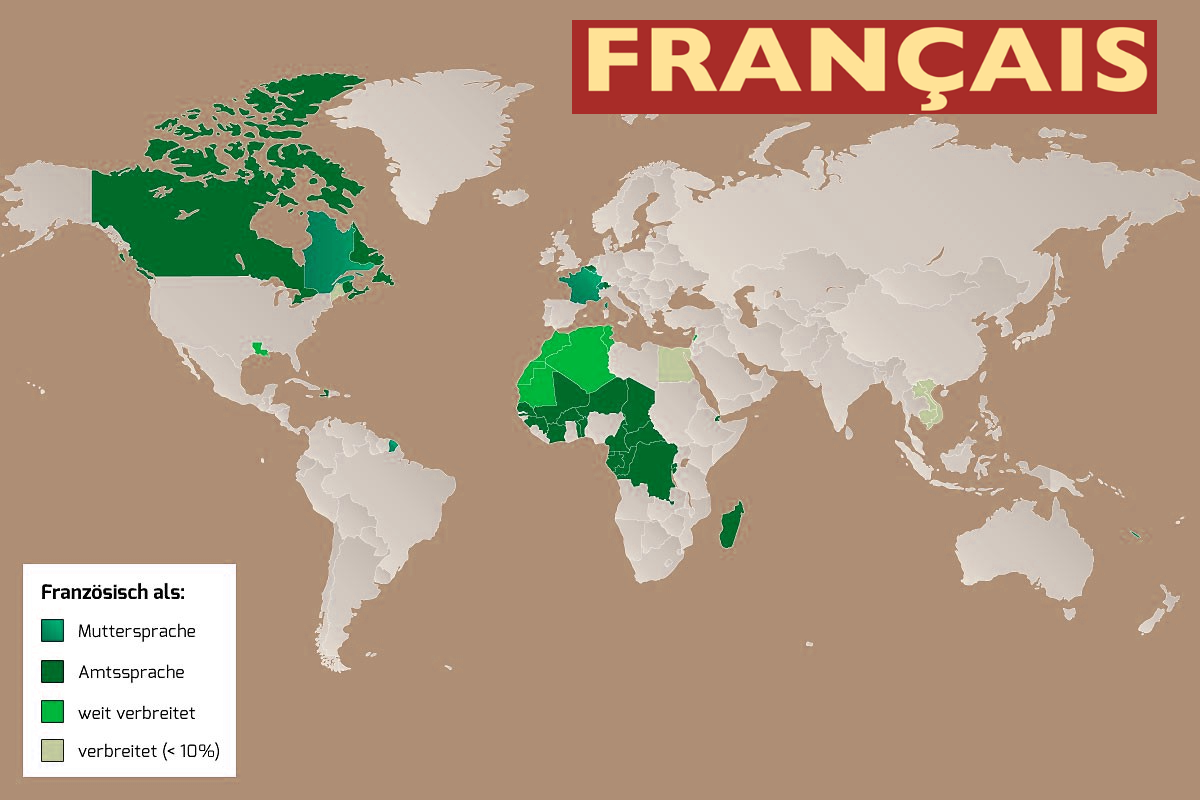
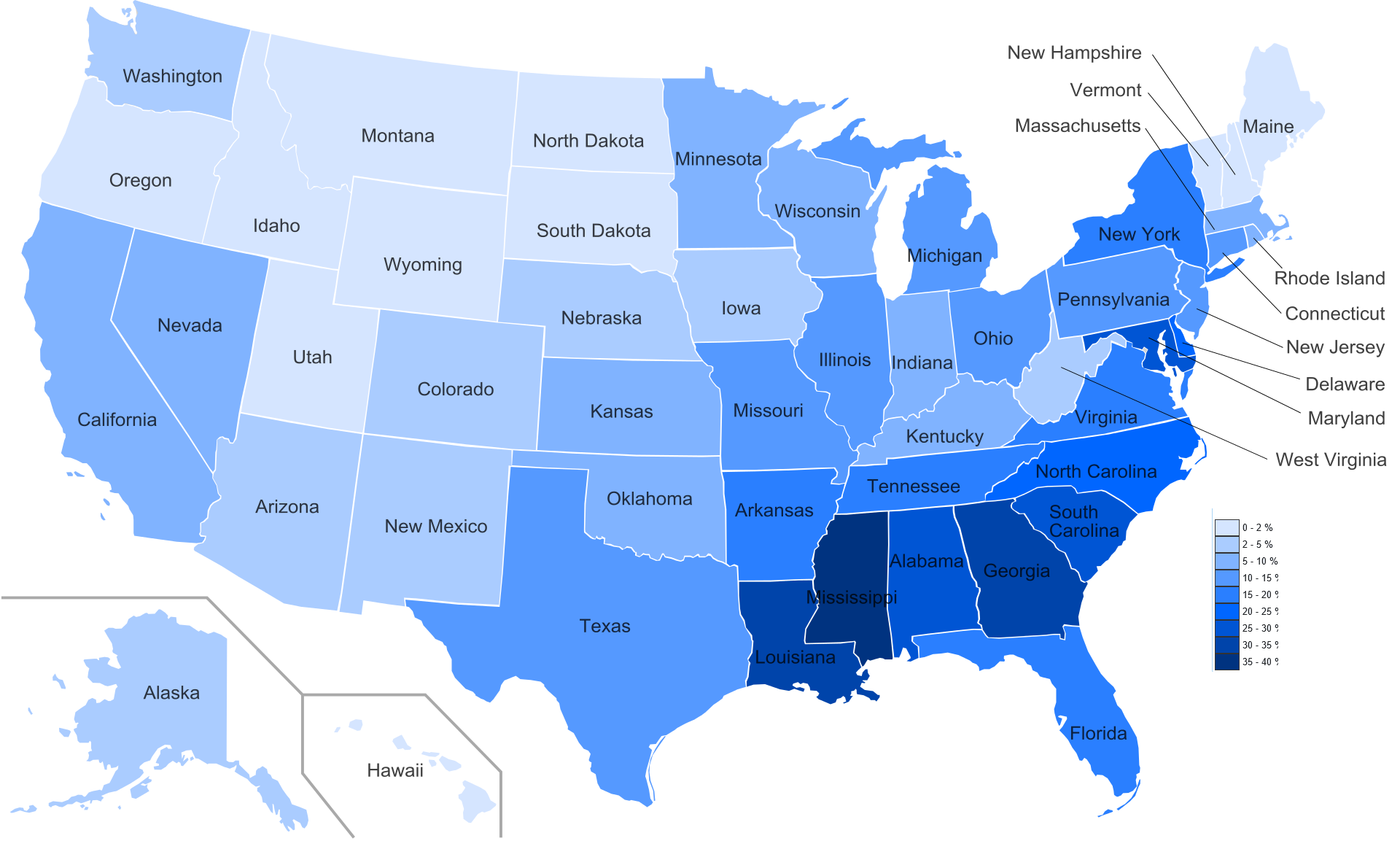
 Egypt
Egypt
 Algeria
Algeria

 Eat and Drink
Eat and Drink
 *Olives/Olive oil
*Olives/Olive oil
 Greece
Greece
 Italy
Italy

 Agriculture, forestry, livestock, fishing
Agriculture, forestry, livestock, fishing
 Morocco
Morocco
 Portugal
Portugal
 Spain
Spain
 Syria
Syria
 Tunisia
Tunisia
 Turkey
Turkey
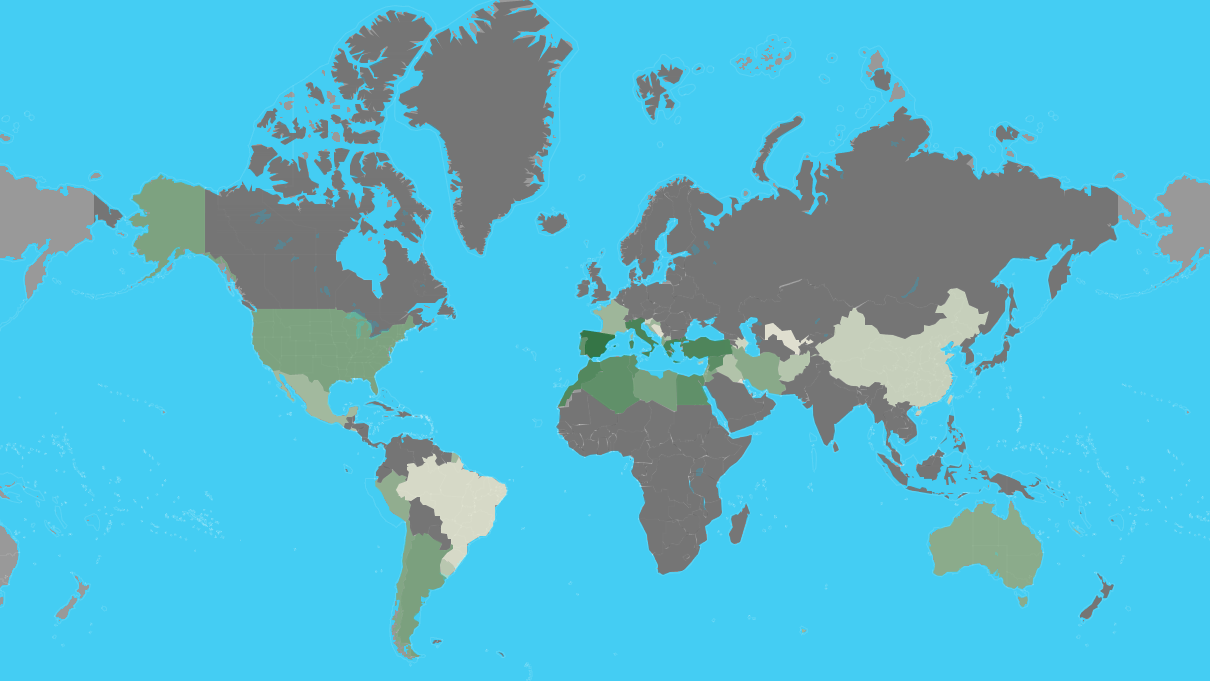
| Rank | Country | Production (Tonnes) | Production per Capita (Kg) | Harvasted Area (Ha) | Yield (Kg/Ha) |
|---|---|---|---|---|---|
| 1 | Spain | 6,559,884 | 141 | 2,573,473 | 2,549 |
| 2 | Greece | 2,343,383 | 218 | 887,177 | 2,641 |
| 3 | Italy | 2,092,175 | 34.6 | 1,165,562 | 1,795 |
| 4 | Turkey | 1,730,000 | 21.4 | 845,542 | 2,046 |
| 5 | Morocco | 1,416,107 | 40.7 | 1,008,365 | 1,404 |
| 6 | Syria | 899,435 | 49.2 | 765,603 | 1,175 |
| 7 | Tunisia | 700,000 | 61.2 | 1,646,060 | 425 |
| 8 | Algeria | 696,962 | 16.4 | 424,028 | 1,644 |
| 9 | Egypt | 694,309 | 7.1 | 67,293 | 10,318 |
| 10 | Portugal | 617,610 | 60.0 | 355,075 | 1,739 |
| 11 | Libya | 188,975 | 29.2 | 357,797 | 528 |
| 12 | Argentina | 175,094 | 3.9 | 61,942 | 2,827 |
| 13 | United States of America | 159,600 | 0.49 | 14,164 | 11,268 |
| 14 | Lebanon | 118,146 | 19.4 | 62,297 | 1,897 |
| 15 | Jordan | 115,813 | 11.3 | 63,963 | 1,811 |
| 16 | Chile | 111,481 | 6.3 | 20,343 | 5,480 |
| 17 | Albania | 99,075 | 34.5 | 38,889 | 2,548 |
| 18 | Palestinian Territories | 95,044 | | 66,645 | 1,426 |
| 19 | Israel | 91,000 | 10.2 | 33,700 | 2,700 |
| 20 | Iran | 85,049 | 1.0 | 66,915 | 1,271 |
| 21 | Australia | 75,083 | 3.0 | 32,747 | 2,293 |
| 22 | Peru | 56,157 | 1.8 | 17,119 | 3,281 |
| 23 | Croatia | 31,183 | 7.4 | 18,184 | 1,715 |
| 24 | France | 27,102 | 0.40 | 17,354 | 1,562 |
| 25 | Mexico | 21,650 | 0.17 | 5,094 | 4,250 |
| 26 | Cyprus | 13,499 | 15.8 | 10,612 | 1,272 |
| 27 | Macedonia | 12,369 | 6.0 | 5,852 | 2,114 |
| 28 | El Salvador | 10,840 | 1.6 | 5,227 | 2,074 |
| 29 | Iraq | 9,332 | 0.24 | 2,294 | 4,068 |
| 30 | Afghanistan | 7,647 | 0.24 | 2,200 | 3,476 |
| 31 | Uruguay | 6,159 | 1.8 | 2,985 | 2,063 |
| 32 | Taiwan | 2,621 | 0.11 | 318 | 8,256 |
| 33 | China | 2,621 | 0.00188 | 318 | 8,256 |
| 34 | Slovenia | 1,662 | 0.80 | 1,173 | 1,417 |
| 35 | Azerbaijan | 1,586 | 0.16 | 2,979 | 533 |
| 36 | Brazil | 647 | 0.00309 | 574 | 1,127 |
| 37 | Bosnia and Herzegovina | 359 | 0.095 | 254 | 1,416 |
| 38 | Montenegro | 250 | 0.40 | 90.0 | 2,778 |
| 39 | Uzbekistan | 116 | 0.00355 | 117 | 987 |
| 40 | Kuwait | 60.0 | 0.014 | 35.0 | 1,702 |
| 41 | Malta | 30.0 | 0.063 | 28.0 | 1,064 |
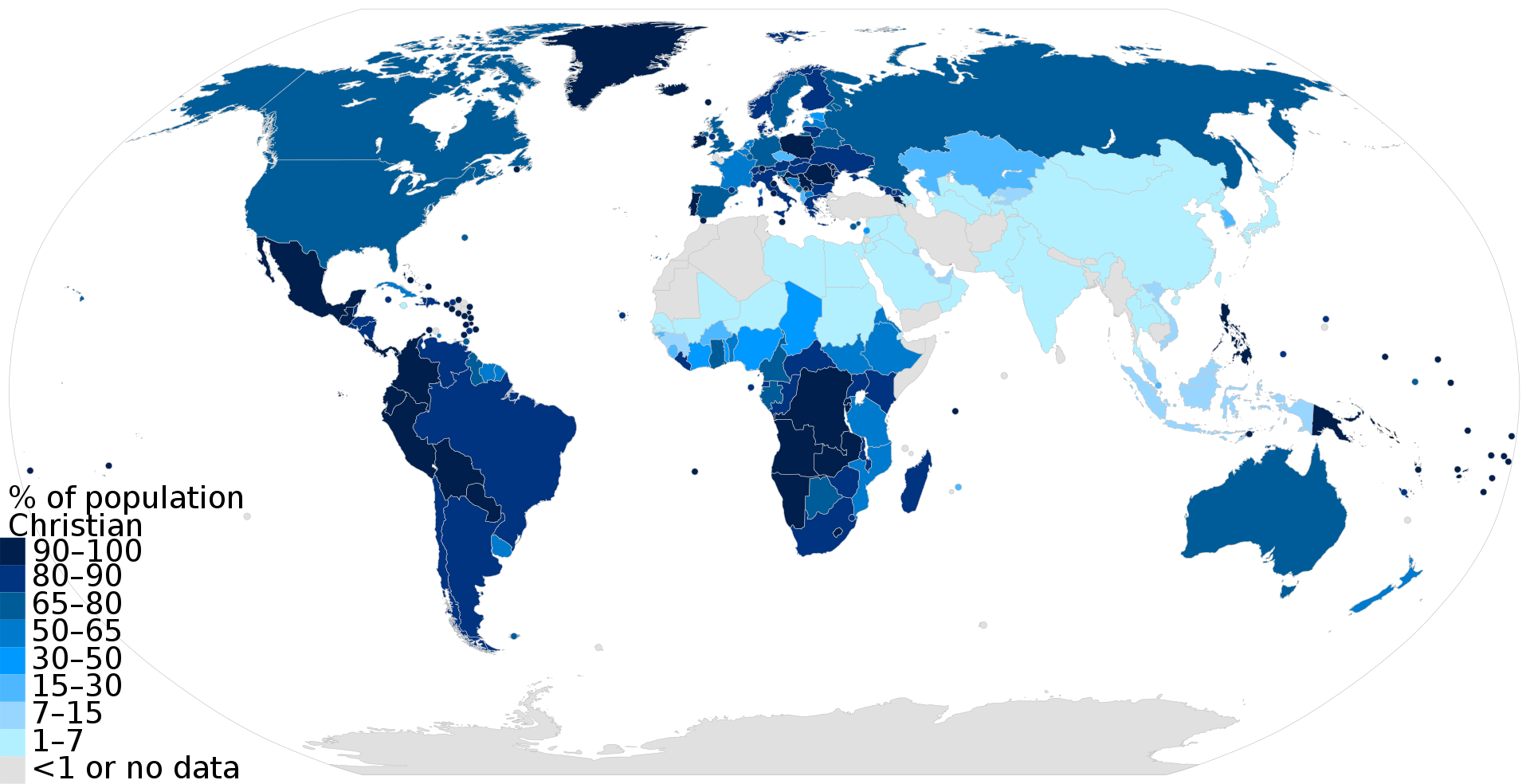
| Staat oder Gebiet | Anteil Christen | Anzahl Christen | Sektäre Verteilung der Bevölkerung | Stand |
|---|---|---|---|---|
| 100,0 % | 1.000 | Katholiken 100,0 % | 2010 | |
| 99,6 % | 1.120.000 | Katholiken 98,9 %, Protestanten 1,6 % | 2010 | |
| 99,2 % | 6.800.000 | Protestanten 68 %, Katholiken ca. 30 %, sonstige Christen ca. 1 % | 2010 | |
| 98,9 % | 100.000 | Protestanten 65,9 %, Katholiken 15,9 %, sonstige Christen 17,1 % | 2010 | |
| 98,5 % | 3.040.000 | Orthodoxe 86,6 %, Katholiken 8,7 %, Protestanten 2,2 %, sonstige Christen 1,0 % | 2010 | |
| 98,3 % | 70.000 | Protestanten 60,0 %, Katholiken und sonstige Christen jeweils ca. 20 % | 2010 | |
| 97,6 % | 2.230.000 | Protestanten 73,4 %, Katholiken 23,8 %, sonstige Christen 0,4 % | 2010 | |
| 97,5 % | 50.000 | Protestanten 87,0 %, Katholiken 8,4 %, sonstige Christen 2,1 % | 2010 | |
| 97,5 % | 3.480.000 | Orthodoxe 95,4 %, Protestanten 1,4 %, sonstige Christen 0,4 % | 2010 | |
| 97,5 % | 520.000 | Protestanten 76,6 %, Katholiken 19,0 %, sonstige Christen 1,8 % | 2010 | |
| 97,5 % | 12.760.000 | Protestanten 67,8 %, Katholiken 21 %, sonstige Christen 8,5 % | 2010 | |
| 97,4 % | 10.000 | Katholiken 95,2 %, Protestanten 1,0 %, sonstige Christen 1,3 % | 2010 | |
| 97,3 % | 180.000 | Protestanten 63,6 %, Katholiken 19,6 %, sonstige Christen 14,1 % | 2010 | |
| 97,0 % | 100.000 | Katholiken 55,0 %, Protestanten 38,9 %, sonstige Christen 3,1 % | 2010 | |
| 96,9 % | 6.260.000 | Katholiken 89,6 %, Protestanten 6,3 %, sonstige Christen 1,0 % | 2010 | |
| 96,9 % | 3.630.000 | Katholiken 69,9 %, Protestanten 25,1 %, sonstige Christen 1,9 % | 2010 | |
| 96,8 % | 2.100.000 | Protestanten 49,9 %, Katholiken 45,7 %, sonstige Christen 1,1 % | 2010 | |
| 96,7 % | 10.000 | Protestanten 95,4 %, Katholiken 0,5 %, sonstige Christen 0,8 % | 2010 | |
| 96,6 % | 60.000 | Katholiken 51,9 %, Protestanten 43,4 %, sonstige Christen 1,3 % | 2010 | |
| 96,5 % | 390.000 | Katholiken 84,6 %, Protestanten 9,6 %, sonstige Christen 2,3 % | 2010 | |
| 96,5 % | 10.000 | Protestantische Mehrheit | 2010 | |
| 96,4 % | 10.000 | Protestantische Mehrheit | 2010 | |
| 96,3 % | 330.000 | Protestanten 80,2 %, Katholiken 14,6 %, sonstige Christen 1,3 % | 2010 | |
| 96,1 % | 60.000 | Protestanten 95,5 %, Katholiken 0,2 %, sonstige Christen 0,4 % | 2010 | |
| 96,1 % | 20.000 | Protestantische Mehrheit | 2010 | |
| 95,9 % | 440.000 | Katholiken 85,2 %, Protestanten 7,5 %, sonstige Christen 3,2 % | 2010 | |
| 95,7 % | 63.150.000 | Protestanten 48,1 %, Katholiken 47,3 %, sonstige Christen 0,4 % | 2010 | |
| 95,6 % | 27.800.000 | Katholiken 81,3 %, Protestanten 12,5 %, sonstige Christen 1,8 % | 2010 | |
| 95,4 % | 110.000 | Katholiken 52,7 %, Protestanten 41,7 %, sonstige Christen ca. 1 % | 2010 | |
| 95,2 % | 260.000 | Protestanten 88,0 %, Katholiken 4,3 %, sonstige Christen 2,8 % | 2010 | |
| 95,2 % | 13.700.000 | Katholiken 58,2 %, Protestanten 35,6 %, sonstige Christen 1,4 % | 2010 | |
| 95,0 % | 107.780.000 | Katholiken 85 %, Protestanten ca. 8 %, sonstige Christen ca. 2 % | 2010 | |
| 94,8 % | 100.000 | Protestanten 65,5 %, Katholiken 27,1 %, Orthodoxe 0,4 %, sonstige Christen 1,8 % | 2010 | |
| 94,7 % | 10.000 | Katholiken 93 %, Protestanten 1,2 %, sonstige Christen 0,5 % | 2010 | |
| 94,6 % | 50.000 | Protestanten 84,1 %, Katholiken 9,2 %, sonstige Christen 1,4 % | 2010 | |
| 94,4 % | 60.000 | Katholiken 58,1 %, Protestanten 35,5 %, sonstige Christen 0,8 % | 2010 | |
| 94,3 % | 36.090.000 | Katholiken 92,2 %, Protestanten 1,3 %, Orthodoxe 0,4 %, sonstige Christen 0,3 % | 2010 | |
| 94,3 % | 170.000 | Katholiken 75,0 %, Protestanten 17,7 %, sonstige Christen 1,4 % | 2010 | |
| 94,1 % | 13.610.000 | Katholiken 83,4 %, Protestanten 9,6 %, sonstige Christen 1,1 % | 2010 | |
| 94,0 % | 250.000 | Protestanten 40,6 %, Katholiken 39,8 %, sonstige Christen 13,6 % | 2010 | |
| 94,0 % | 80.000 | Katholiken 83,0 %, Protestanten 10 %, sonstige Christen 1 % | 2010 | |
| 93,9 % | 9.330.000 | Katholiken 79,0 %, Protestanten 13,7 %, sonstige Christen 1,2 % | 2010 | |
| 93,5 % | 10.000 | Protestantische Mehrheit | 2010 | |
| 93,4 % | 9.920.000 | Katholiken 49,5 %, Protestanten 43,4 %, sonstige Christen 0,5 % | 2010 | |
| 93,3 % | 220.000 | Protestanten 78,2 %, Katholiken 13,8 %, sonstige Christen 1,5 % | 2010 | |
| 93,1 % | 86.790.000 | Katholiken 81,4 %, Protestanten 10,8 %, sonstige Christen 0,9 % | 2010 | |
| 93,0 % | 80.000 | Protestanten 81,2 %, Katholiken 10,5 %, sonstige Christen 1,3 % | 2010 | |
| 93,0 % | 3.270.000 | Katholiken 75,3 %, Protestanten 16,4 %, sonstige Christen 1,3 % | 2010 | |
| 92,5 % | 42.810.000 | Katholiken 82,3 %, Protestanten 10,0 %, sonstige Christen 0,2 % | 2010 | |
| 92,2 % | 18.552.000 | Orthodoxe 81,0 %, Protestanten 6,2 %, Katholiken 5,1 % | 2011 | |
| 92,1 % | 40.000 | Protestanten 78 %, Katholiken 12,3 %, sonstige Christen 1,9 % | 2010 | |
| 91,6 % | 400.000 | Katholiken 89 %, sonstige Christen ca. 3 % | 2016[3] | |
| 91,6 % | 30.000 | Katholiken 90,5 %, Protestanten 0,3 %, sonstige Christen 0,8 % | 2010 | |
| 91,1 % | 160.000 | Protestanten 62,1 %, Katholiken 27,9 %, sonstige Christen 1,1 % | 2010 | |
| 91,0 % | 4.110.000 | Katholiken 84,0 %, Orthodoxe ca. 4 %, Protestanten ca. 0,3 % | 2011 | |
| 90,9 % | 4.230.000 | Katholiken 66,7 %, Protestanten 22,7 %, sonstige Christen 1,5 % | 2010 | |
| 90,6 % | 1.000 | Protestantische Mehrheit | 2010 | |
| 90,6 % | 7.260.000 | Orthodoxe 85 %, Katholiken ca. 5 %, Protestanten ca. 1 % | 2011 | |
| 90,2 % | 175.770.000 | Katholiken 68,6 %, Protestanten 20,8 %, sonstige Christen 0,8 % | 2010 | |
| 89,8 % | 3.950.000 | Protestanten 60,7 %, Katholiken ca. 29 %, sonstige Christen ca. 0,5 % | 2010 | |
| 89,5 % | 80.000 | Katholiken 88,2 %, Orthodoxe und Protestanten je 0,3 %, sonstige Christen 0,8 % | 2010 | |
| 89,5 % | 15.310.000 | Katholiken 71,8 %, Protestanten 15,5 %, sonstige Christen 2 % | 2010 | |
| 89,5 % | 10.160.000 | Orthodoxe 88,3 %, Katholiken 0,7 %, Protestantenb und sonstige Christen je 0,3 % | 2010 | |
| 89,3 % | 3.890.000 | Orthodoxe 87,3 %, Katholiken 0,8 %, Protestanten 0,4 %, sonstige Christen 0,3 % | 2010 | |
| 89,3 % | 25.890.000 | Katholiken 77,1 %, Protestanten 10,1 %, sonstige Christen 1,5 % | 2010 | |
| 89,1 % | 440.000 | Katholiken 78,7 %, Protestanten 7,2 %, Orthodoxe 0,7 %, sonstige Christen 2,5 % | 2010 | |
| 88,9 % | 8.820.000 | Katholiken 67,2 %, Protestanten 21 %, sonstige Christen 0,7 % | 2010 | |
| 88,8 % | 30.000 | Protestanten 80,0 %, Katholiken 8,2 %, sonstige Christen 0,7 % | 2010 | |
| 88,7 % | 620.000 | Katholiken 80,7 %, Protestanten 7,5 %, sonstige Christen 0,5 % | 2010 | |
| 88,7 % | 100.000 | Protestanten 81,6 %, Katholiken 6,2 %, sonstige Christen 0,8 % | 2010 | |
| 88,2 % | 16.820.000 | Katholiken 56,8 %, Protestanten 30,6 %, sonstige Christen 0,7 % | 2010 | |
| 88,2 % | 5.460.000 | Katholiken 51,1 %, Protestanten 35,7 %, sonstige Christen 1,4 % | 2010 | |
| 87,6 % | 6.660.000 | Katholiken 50,3 %, Protestanten 36,6 %, sonstige Christen 0,6 % | 2010 | |
| 87,6 % | 740.000 | Katholiken 80,0 %, Protestanten 6,9 %, sonstige Christen 0,7 % | 2010 | |
| 87,5 % | 1.040.000 | Protestanten 81,8 %, Katholiken 4,9 %, sonstige Christen 0,8 % | 2010 | |
| 87,2 % | 270.000 | Katholiken 49,9 %, Protestanten 35,4 %, sonstige Christen 1,9 % | 2010 | |
| 86,8 % | 8.680.000 | Katholiken 56,7 %, Protestanten 29,5 %, sonstige Christen 0,6 % | 2010 | |
| 86,7 % | 20.000 | Katholiken 55,1 %, Protestanten 29,6 %, sonstige Christen 2,0 % | 2010 | |
| 86,7 % | 28.970.000 | Protestanten 44,4 %, Katholiken 42,2 % | 2010 | |
| 86,0 % | 30.000 | Katholische Mehrheit | 2010 | |
| 85,9 % | 4.970.000 | Katholiken 58,5 %, Protestanten 26,5 %, sonstige Christen 0,9 % | 2010 | |
| 85,9 % | 3.470.000 | Protestanten 51,4 %, Katholiken 30,1 %, sonstige Christen 4,4 % | 2010 | |
| 85,8 % | 30.000 | Katholiken 76,0 %, Protestanten ca. 7,5 %, sonstige Christen ca. 1,4 % | 2010 | |
| 85,6 % | 3.420.000 | Protestanten 76,0 %, Katholiken 7,2 %, Orthodoxe 0,7 %, sonstige Christen 1,5 % | 2010 | |
| 85,2 % | 34.420.000 | Katholiken 76,8 %, Protestanten 7,3 %, sonstige Christen 1,1 % | 2010 | |
| 85,2 % | 210.000 | Katholiken 50,8 %, Protestanten 32,4 %, sonstige Christen 2,0 % | 2010 | |
| 85,2 % | 130.000 | Protestanten 66,2 %, Katholiken 18,5 %, sonstige Christen 0,4 % | 2010 | |
| 85,1 % | 3.992.800 | Katholiken 78,3 %, Protestanten ca. 4 %, Orthodoxe ca. 1,3 % | 2016[4] | |
| 84,8 % | 34.340.000 | Protestanten 59,6 %, Katholiken 22,1 %, Orthodoxe 1,5 %, sonstige Christen 1,4 % | 2010 | |
| 84,5 % | 20.000 | Protestanten 78,4 %, Katholiken 3,4 %, sonstige Christen 2,7 % | 2010 | |
| 84,4 % | 200.000 | Katholiken 76,9 %, Protestanten 5,9 %, sonstige Christen 1,6 % | 2010 | |
| 84,3 % | 8.904.000 | Katholiken 81,0 %, sonstige Christen ca. 3 % | 2011[5] | |
| 83,8 % | 38.080.000 | Orthodoxe 76,7 %, Katholiken 5,6 %, Protestanten 1,3 % | 2010 | |
| 84,1 % | 6.300.000 | Orthodoxe 83,0 %, Protestanten 0,6 %, Katholiken 0,5 % | 2010 | |
| 84,1 % | 70.000 | Protestanten 72,0 %, Katholiken 11,0 %, sonstige Christen 1,1 % | 2010 | |
| 83,1 % | 277.000 | Protestanten 80 %, Katholiken ca. 3 % | 2015[6] | |
| 82,7 % | 12.320.000 | Protestanten 55 %, Katholiken ca. 26 %, sonstige Christen ca. 1,5 % | 2010 | |
| 82,1 % | 2.980.000 | Katholiken 77 %, Orthodoxe ca. 5 % | 2011[7] | |
| 82,1 % | 140.000 | Katholiken 72,0 %, Protestanten ca. 9,5 %, sonstige Christen ca. 1 % | 2010 | |
| 81,7 % | 50.000 | Protestanten 64,8 %, Katholiken 14,9 %, Orthodoxe 0,5 %, sonstige Christen 1,4 % | 2010 | |
| 81,3 % | 50.000 | Katholiken 64,1 %, Protestanten 16 %, sonstige Christen 1,2 % | 2010 | |
| 81,1 % | 50.000 | Protestanten 70,8 %, Katholiken 8,8 %, sonstige Christen 1,5 % | 2010 | |
| 80,9 % | 40.560.000 | Protestanten 72,9 %, Katholiken 7,3 %, sonstige Christen 0,6 % | 2010 | |
| 79,5 % | 246.790.000 | Protestanten 51,5 %, Katholiken 24,0 %, Orthodoxe 0,6 %, sonstige Christen 3,4 % | 2010 | |
| 79,2 % | 1.610.000 | Katholiken 75 %, Orthodoxe ca. 3 %, Protestanten ca. 1 % | 2010 | |
| 79,0 % | 10.000 | Protestantische Mehrheit | 2010 | |
| 78,8 % | 500.000 | Orthodoxe 75,1 %, Katholiken 3,6 % | 2010 | |
| 78,2 % | 4.610.000 | Protestanten 67 %, Orthodoxe ca. 2 %, Katholiken ca. 1 %, sonstige Christen ca. 7,5 % | 2015 | |
| 78,2 % | 9.830.000 | Protestanten 66,8 %, Katholiken 10,3 %, Orthodoxe und sonstige Christen je 0,5 % | 2010 | |
| 77,9 % | 4.098.000 | Protestanten 75 %, Katholiken ca. 3 % | 2016[8] | |
| 77,7 % | 1.170.000 | Katholiken 53,5 %, Protestanten 24 %, sonstige Christen 0,2 % | 2010 | |
| 77,1 % | 2.110.000 | Protestanten 72,8 %, Katholiken 2,6 %, sonstige Christen 1,6 % | 2010 | |
| 75,5 % | 4.102.000 | Katholiken 66 %, Protestanten ca. 9 %, Orthodoxe ca. 1 % | 2011 | |
| 74,9 % | 18.260.000 | Protestanten 60,8 %, Katholiken 12,9 %, sonstige Christen 1,1 % | 2010 | |
| 74,5 % | 15.430.000 | Protestanten 35,9 %, Katholiken 35 % | 2010 | |
| 73,6 % | 6.373.000 | Katholiken 64,2 %, Protestanten 4,8 %, Orthodoxe 4,6 % | 2016[9] | |
| 73,6 % | 105.220.000 | Orthodoxe 71 %, Protestanten 1,8 %, Katholiken 0,5 %, sonstige Christen 0,3 % | 2010 | |
| 73,2 % | 810.000 | Orthodoxe 71,8 %, Katholiken 1,3 % | 2010 | |
| 72,1 % | 1.450.000 | Protestanten 65,6 %, Katholiken 6,0 %, sonstige Christen 0,4 % | 2010 | |
| 72,0 % | 3.969.364 | Protestanten 70,9 %, Orthodoxe 1,1 % | 2017[10] | |
| 71,4 % | 43.434.000 | Katholiken 67 %, Orthodoxe ca. 3 %, Protestanten ca. 1 % | 2015[11] | |
| 71,2 % | 6.830.000 | Orthodoxe 61,5 %, Katholiken 8,7 %, Protestanten 1,0 % | 2010 | |
| 71,2 % | 33.104.000 | Katholiken 70,2 %, Protestanten 1 % | 2016 | |
| 70,8 % | 13.880.000 | Katholiken 38,6 %, Protestanten 31,6 %, sonstige Christen 0,6 % | 2010 | |
| 70,4 % | 360.000 | Katholiken 65,9 %, Protestanten 3,2 %, Orthodoxe 0,7 %, sonstige Christen 0,6 % | 2010 | |
| 69,9 % | 6.887.000 | Protestanten 66 %, Orthodoxe, Katholiken und sonstige Christen jeweils ca. 1 % | 2015[12] | |
| 67,7 % | 22.103.000 | Katholiken 39 %, Protestanten ca. 24 %, Orthodoxe ca. 2 % | 2011 | |
| 66,9 % | 4.671.000 | Katholiken 36,5 %, Protestanten 24,5 %, sonstige Christen 5,9 % | 2016[13] | |
| 65,8 % | 880.000 | Protestanten 37,8 %, Katholiken 26,1 %, Orthodoxe 0,4 %, sonstige Christen 1,6 % | 2010 | |
| 65,2 % | 1.340.000 | Orthodoxe 64,8 %, Katholiken 0,4 % | 2010 | |
| 64,9 % | 490.000 | Protestanten 48,9 %, Katholiken 13,2 %, Orthodoxe 1,5 %, sonstige Christen 1,3 % | 2010 | |
| 64,4 % | 550.000 | Protestanten 53 %, Katholiken 9,1 %, sonstige Christen 2,4 % | 2010 | |
| 64,2 % | 51.187.000 | Protestanten 31,7 %, Katholiken 31,2 %, Orthodoxe 1,3 % | 2011[14] | |
| 63,4 % | 52.580.000 | Orthodoxe 43,5 %, Protestanten 19,2 %, Katholiken 0,7 % | 2010 | |
| 62,9 % | 3.310.000 | Orthodoxe 57,7 %, Katholiken 4,6 %, Protestanten 0,7 % | 2010 | |
| 62,6 % | 1.281.000 | Orthodoxe 26 %, Katholiken und Protestanten jeweils ca. 18 %, sonstige Christen ca. 0,5 % | 2015 | |
| 60,7 % | 6.849.000 | Katholiken 53 %, Protestanten ca. 6 %, Orthodoxe ca. 2 % | 2015 | |
| 60,5 % | 6.530.000 | Katholiken 39,7 %, Protestanten 20,7 % | 2010 | |
| 59,6 % | 26.740.000 | Katholiken 31,8 %, Protestanten 27,3 %, sonstige Christen 0,5 % | 2010 | |
| 59,5 % | 37.584.000 | Protestanten 45 %, Katholiken ca. 14,5 % | 2011[15] | |
| 59,2 % | 6.670.000 | Katholiken 51,7 %, Protestanten 5,6 %, Orthodoxe 0,5 %, sonstige Christen1,5 % | 2010 | |
| 58,2 % | 1.960.000 | Katholiken 47,1 %, Protestanten 6,3 %, Orthodoxe 1,1 %, sonstige Christen 3,7 % | 2010 | |
| 56,1 % | 13.120.000 | Katholiken 28,4 %, Protestanten 27,1 %, sonstige Christen 0,7 % | 2010 | |
| 56,0 % | 33.072.000 | Katholiken 51 %, Protestanten 3 %, Orthodoxe 2 % | 2016 | |
| 54,2 % | 5.385.000 | Katholiken 39 %, Protestanten ca. 15 % | 2011 | |
| 53,4 % | 4.730.000 | Katholiken 30,0 %, Protestanten 23,2 %, sonstige Christen 0,3 % | 2010 | |
| 52,7 % | 1.980.000 | Orthodoxe 38,2 %, Katholiken 14,4 % | 2010 | |
| 52,1 % | 12.202.000 | Protestanten 27 %, Katholiken 25 %, Orthodoxe ca. 3 % | 2016 | |
| 51,0 % | 270.000 | Katholiken 29,0 %, Protestanten 21,0 % | 2010 | |
| 50,8 % | 80.510.000 | Protestanten 37,7 %, Katholiken 12,6 %, sonstige Christen 0,5 % | 2010 | |
| 47,7 % | 1.859.000 | Protestanten 35 %, Katholiken ca. 13 % | 2013[16] | |
| 44,8 % | 8.840.000 | Protestanten 22,7 %, Katholiken 21,4 %, Orthodoxe 0,4 %, sonstige Christen 0,3 % | 2010 | |
| 44,2 % | 2.670.000 | Katholiken 26,4 %, Protestanten 17,1, sonstige Christen 0,6 % | 2010 | |
| 40,0 % | 4.500.000 | Katholiken 22,5 %, Protestanten 17,6 % | 2010 | |

 Financial
Financial
 *Brazil economic data
*Brazil economic data

 Financial
Financial
 *China economic data
*China economic data

 Financial
Financial
 *Germany economic data
*Germany economic data

 Financial
Financial
 *European Union economic data
*European Union economic data

 Financial
Financial
 *France economic data
*France economic data

 Financial
Financial
 *India economic data
*India economic data

 Financial
Financial
 *Indonesia economic data
*Indonesia economic data

 Financial
Financial
 *Italy economic data
*Italy economic data

 Financial
Financial
 *Japan economic data
*Japan economic data

 Financial
Financial
 *Canada economic data
*Canada economic data

 Financial
Financial
 *Russia economic data
*Russia economic data

 Financial
Financial
 *United States economic data
*United States economic data

 Financial
Financial
 *United Kingdom economic data
*United Kingdom economic data

 Economy and trade
Economy and trade
 Economic and political research
Economic and political research



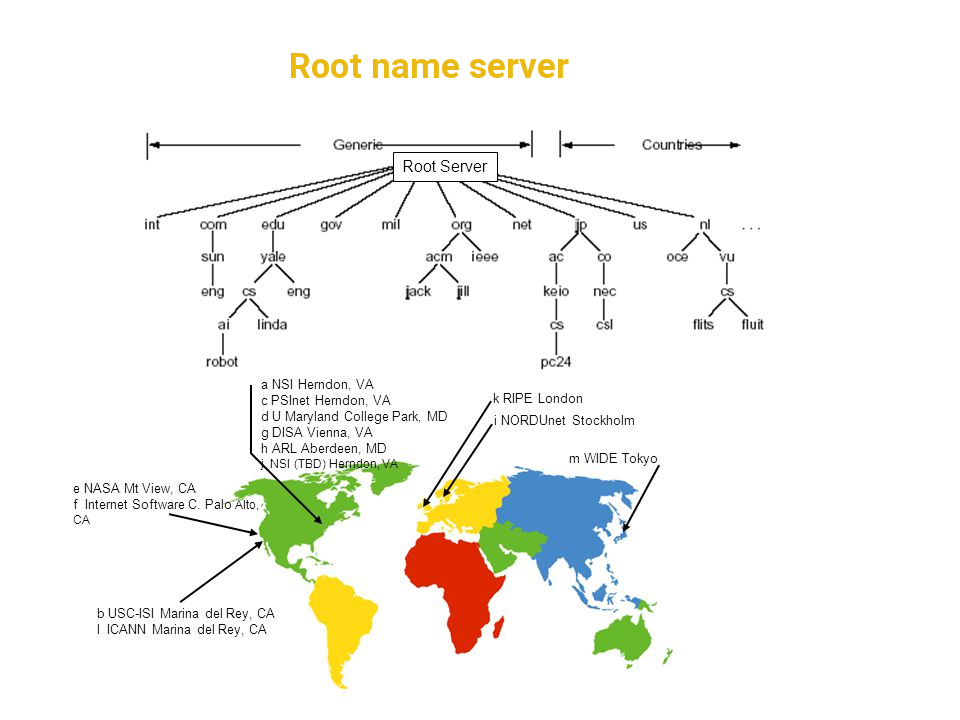
| Letter | IPv4 address | IPv6 address | AS-number[8] | Old name | Operator | Location & Nr. of sites (global/local)[9] | Software |
|---|---|---|---|---|---|---|---|
| A | 198.41.0.4 | 2001:503:ba3e::2:30 | AS19836,[8][note 1] AS36619, AS36620, AS36622, AS36625, AS36631, AS64820[note 2][10] | ns.internic.net | Verisign | Distributed using anycast 5/0 | NSD and Verisign ATLAS |
| B | 199.9.14.201[note 3][11] [12] | 2001:500:200::b[13] | AS394353[14] | ns1.isi.edu | USC-ISI | Distributed using anycast 2/0 | BIND |
| C | 192.33.4.12 | 2001:500:2::c | AS2149[8][15] | c.psi.net | Cogent Communications | Distributed using anycast 8/0 | BIND |
| D | 199.7.91.13[note 4][16] | 2001:500:2d::d | AS27[8][17] | terp.umd.edu | University of Maryland | Distributed using anycast 50/67 | NSD[18] |
| E | 192.203.230.10 | 2001:500:a8::e | AS21556[8][19] | ns.nasa.gov | NASA Ames Research Center | Distributed using anycast 95/97 | BIND and NSD |
| F | 192.5.5.241 | 2001:500:2f::f | AS3557,[8][20] AS1280, AS30132[20] | ns.isc.org | Internet Systems Consortium | Distributed using anycast 57/0 | BIND [21] |
| G[note 5] | 192.112.36.4[note 6] | 2001:500:12::d0d[note 6] | AS5927[8][22] | ns.nic.ddn.mil | Defense Information Systems Agency | Distributed using anycast 6/0 | BIND |
| H | 198.97.190.53[note 7][23] | 2001:500:1::53[note 8][23] | AS1508[23][note 9][24] | aos.arl.army.mil | U.S. Army Research Lab | Aberdeen Proving Ground, Maryland & San Diego, California 2/0 | NSD |
| I | 192.36.148.17 | 2001:7fe::53 | AS29216[8][25] | nic.nordu.net | Netnod | Distributed using anycast 58/0 | BIND |
| J | 192.58.128.30[note 10] | 2001:503:c27::2:30 | AS26415,[8][26] AS36626, AS36628, AS36632[26] | N/A | Verisign | Distributed using anycast 61/13 | NSD and Verisign ATLAS |
| K | 193.0.14.129 | 2001:7fd::1 | AS25152[8][27][28] | N/A | RIPE NCC | Distributed using anycast 5/23 | BIND, NSD and Knot DNS[29] |
| L | 199.7.83.42[note 11][30] | 2001:500:9f::42[note 12][31] | AS20144[8][32][33] | N/A | ICANN | Distributed using anycast 161/0 | NSD and Knot DNS[34] |
| M | 202.12.27.33 | 2001:dc3::35 | AS7500[8][35][36] | N/A | WIDE Project | Distributed using anycast 6/1 | BIND |

 Financial
Financial
 *Brazil economic data
*Brazil economic data

 Financial
Financial
 *China economic data
*China economic data

 Financial
Financial
 *Germany economic data
*Germany economic data

 Financial
Financial
 *European Union economic data
*European Union economic data

 Financial
Financial
 *France economic data
*France economic data

 Financial
Financial
 *India economic data
*India economic data

 Financial
Financial
 *Indonesia economic data
*Indonesia economic data

 Financial
Financial
 *Italy economic data
*Italy economic data

 Financial
Financial
 *Japan economic data
*Japan economic data

 Financial
Financial
 *Canada economic data
*Canada economic data

 Financial
Financial
 *Russia economic data
*Russia economic data

 Financial
Financial
 *United States economic data
*United States economic data

 Financial
Financial
 *United Kingdom economic data
*United Kingdom economic data

 Economy and trade
Economy and trade

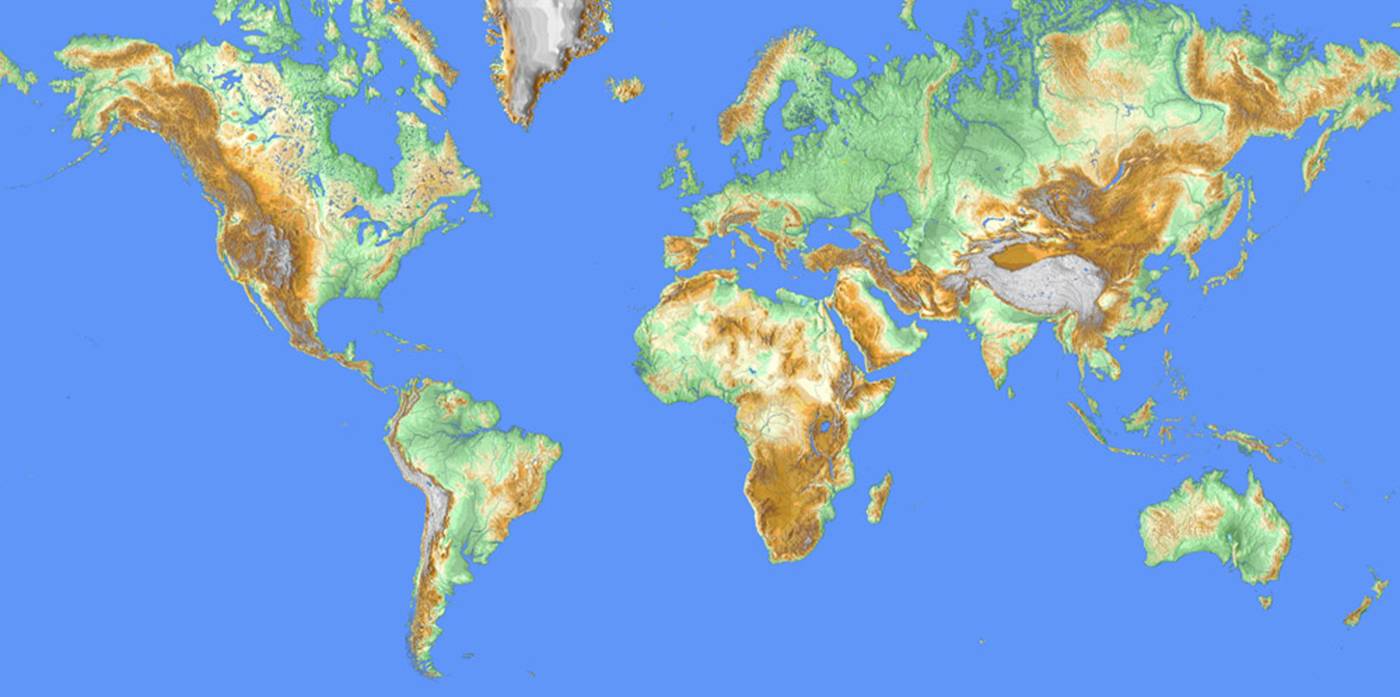

 Energy resource
Energy resource
 *Nuclear power
*Nuclear power

 Energy resource
Energy resource
 Nuclear power plants
Nuclear power plants
 Republic of Korea
Republic of Korea

 Economy and trade
Economy and trade


 Education and Research
Education and Research

 Education and Research
Education and Research
 *Important disciplines
*Important disciplines

 History
History

 Literature
Literature
 Sinology
Sinology

 Important disciplines
Important disciplines

Die Sinologie, auch als „Chinawissenschaften“ oder „Chinakunde“ (chinesisch 漢學 / 汉学, Pinyin hànxué ‚Han-Kunde‘) bekannt, ist ein Fachgebiet der Sprach- und Kulturwissenschaften, das im 16. Jahrhundert entstand, und sich mit den Sprachen, Schrift, Politik, Gesellschaft, Philosophie, Literatur, Wirtschaft und Geschichte der Han (漢人 / 汉人, hànrén ‚Han-Volk‘) befasst.
汉学(Sinology)[1][2]或称中国学(China Studies)[3]是指中国以外的学者对有关中国的方方面面进行研究的一门学科。包括中国历史、政治、社会、文学、哲学、经济等等,甚至也包括对于海外华人的研究。中国人研究汉学,通常称为国学。
中国学(ちゅうごくがく)は中国の事物全般、あるいは言語・文化・歴史に関する学問の総称であり、とくに中国以外に住む中国人以外による中国に関する学術研究をさす。戦前の日本においては「支那学」(シナ学)の名称が一般的であった。
Sinology or Chinese studies is the academic study of China primarily through Chinese thought, Chinese language, literature, Chinese culture and history, and often refers to Western scholarship. Its origin "may be traced to the examination which Chinese scholars made of their own civilization."[1]
The field of sinology was historically seen to be equivalent to the application of philology to China, and until the 20th century was generally seen as meaning "Chinese philology" (language and literature).[2] Sinology has broadened in modern times to include Chinese history, epigraphy, and other subjects.
Selon le Larousse en ligne, la sinologie est l'« étude de l'histoire, de la langue et de la civilisation chinoises »1 et le sinologue est un « spécialiste de la langue et de la civilisation chinoises »2.
On peut considérer le « sinologue » et le « sinisant » comme synonymes. En effet, selon le Littré, le sinologue a pour principal domaine d'étude la langue et l'histoire de la Chine et le sinisant est le spécialiste de la langue et de la civilisation chinoise.
La sinologia è quell'insieme di studi e ricerche che riguarda la cultura cinese nei suoi vari aspetti e nelle varie epoche storiche.
Sinología es el estudio del mundo chino, su idioma y su cultura, ejercido por personas ajenas a ella. El componente sino- deriva del griego Σίνα, que significa China, y -logía a su vez de -λογία 'tratado, estudio, disciplina'.
Синоло́гия (от позднелатинского Sina — Китай), или китаеведение, китаи́стика, — комплекс наук, изучающих историю, экономику, политику, философию, язык, литературу, культуру древнего и современного Китая[1].[2]
В Китае для науки о прошлом этой страны используется термин 汉学 (пиньинь hànxué) или 国学 (пиньинь guóxué, может быть переведено как «родиноведение»). Первый чаще используется в исследованиях истории и культуры ханьского этноса, второй — прочих национальностей, живущих на территории Китая. В Японии для обозначения этой науки служит термин Кангаку (яп. 漢学 ханьское учение). В англоязычных странах данный термин понимается как устаревший, входящий составной частью в китайские науки (англ. Chinese Studies).
Учёные, занимающиеся китаеведением (синологией), называются китаеведами, синологами или китаистами, в XIX в. редко — «хинезистами» (заимствование из немецкого языка).
 Geography
Geography
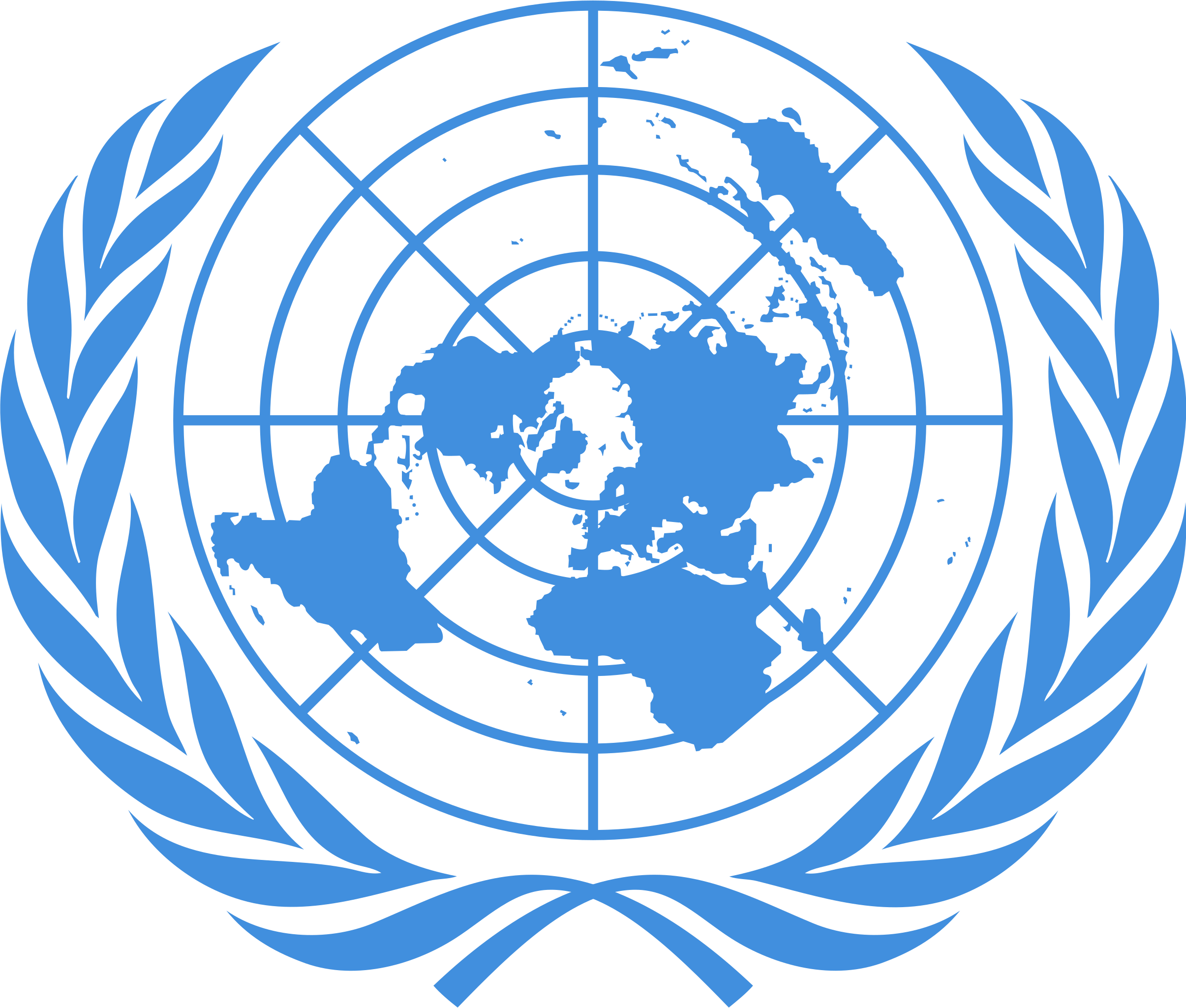 United Nations
United Nations
 Religion
Religion
 Law
Law
 Sport
Sport

 IT-Times
IT-Times